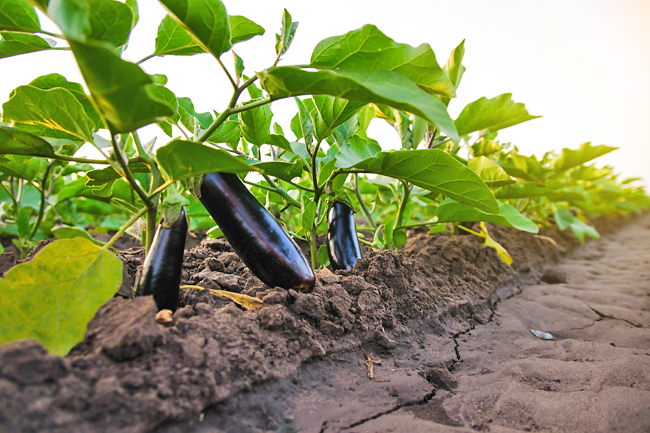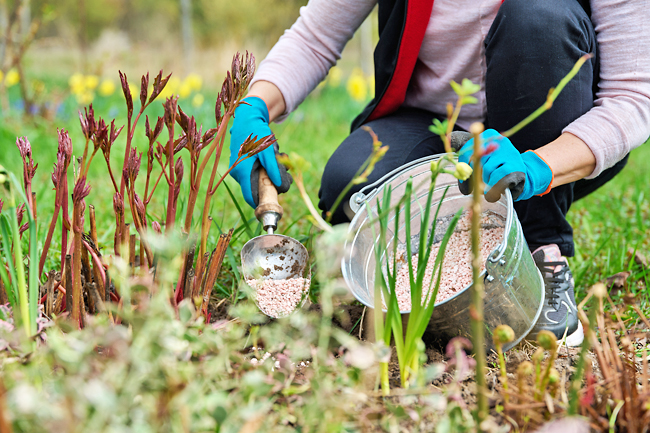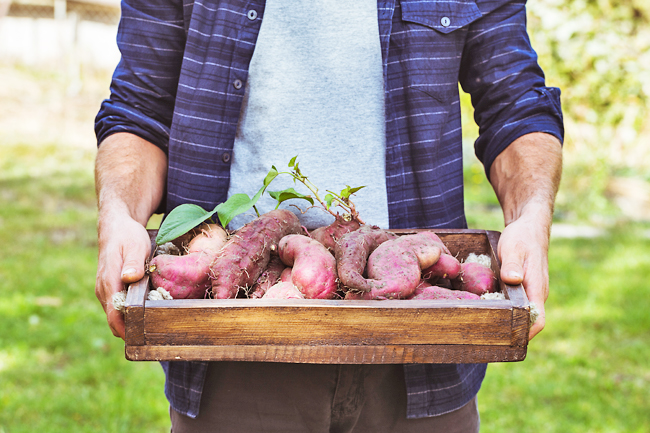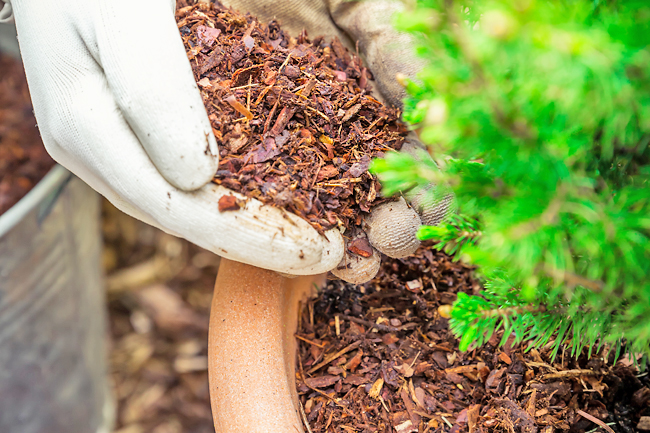ANN/THE STAR – Many gardeners invest significant time and effort into tending their plots, gradually honing their observation skills and learning to adapt their techniques.
As global environmental concerns intensify, interest in sustainable gardening practices is on the rise.
This has led to the emergence of regenerative gardening – a method that not only sustains gardens but also actively enhances soil health and supports the surrounding ecosystem.
WHAT IS REGENERATIVE GARDENING?
Regenerative gardening aims to restore and enhance soil health while benefitting the wider environment. It builds on traditional sustainable practices and emphasises techniques that actively improve the soil quality and biodiversity.
This method offers a path for gardeners to create thriving, eco-friendly spaces that contribute positively to the environment while producing bountiful harvests. As the saying goes, “From garden to plate, homegrown harvest is the best”, regenerative gardening enhances both the quality and sustainability of that harvest.




THE IMPORTANCE OF SOIL HEALTH
Soil health is crucial for regenerative gardening because of nutrient mining and depletion over time. Maintaining soil health is particularly important in areas with heavy and frequent rainfall because nutrients can be quickly leached.
One effective approach is to add homemade compost from kitchen waste to improve soil fertility and structure.
The following are some key practices in regenerative gardening:
Water management and mulching
Efficient water management is essential for achieving sustainable gardening. Harvesting rainwater for watering plants is an excellent practice, as rainwater not only contains water but also beneficial nutrients such as nitrogen, phosphorus, potassium, calcium, magnesium and sulfur.
Additionally, implementing mulching techniques helps to conserve soil moisture and reduces reliance on external water sources. Using green mulch, such as fallen leaves or grass clippings from the garden, is highly beneficial.
Apply this mulch over the soil surface within the canopy line of plants to conserve water, suppress weed growth and regulate soil temperature.
Cover your soil with cover crops
Suitable cover crops such as mung beans, winged beans and sweet potatoes play a vital role in regenerative gardening. They help conserve soil moisture, minimise soil disturbance and enhance or preserve soil organic matter. These crops also enrich soil microbial diversity and improve soil structure.
Promoting biodiversity
Encouraging biodiversity in the garden creates a balanced and self-sustaining environment. Plant a variety of native plants to attract beneficial insects.
Consider local herbs, such as lemongrass, pandan or curry leaves, which not only add biodiversity but are also useful in the kitchen. This diversity naturally helps mitigate pest and disease attacks.
Responsible fertiliser use
While fertilisers are important, they should be applied cautiously. Use balanced fertilisers to avoid long-term negative impacts on soil health, and consider organic alternatives when possible. Pay attention to plant-specific nutrient needs, as different plants have varying requirements. In areas with heavy rainfall, regular but smaller fertiliser applications may be more effective than infrequent large doses.
Community engagement
Regenerative gardening can serve as a platform for community involvement. Create a showcase plot demonstrating the regenerative techniques. This can serve as a learning centre for the local community, where one can share knowledge about sustainable practices. Exchanging harvests and discussing the quality of produce grown using regenerative methods can foster a sense of community and encourage people to adopt eco-friendly gardening practices.
Conclusion
Regenerative gardening offers home gardeners a sustainable way to grow fresh, healthy produce, while contributing positively to environmental stewardship.
By adapting these practices to local conditions, gardeners can enjoy bountiful harvests while nurturing the ecosystem in their own backyards.
From efficient water management to selecting appropriate cover crops and encouraging local biodiversity, these techniques can help create resilient and productive gardens that thrive in various climates.
Remember that the journey from garden to plate is not just about the destination but also about the sustainable practices we employ along the way.
With regenerative gardening, we can ensure that our homegrown harvests are not only the best for our tables but also for our planet. – Dr Arina Shairah Abdul Sukor






